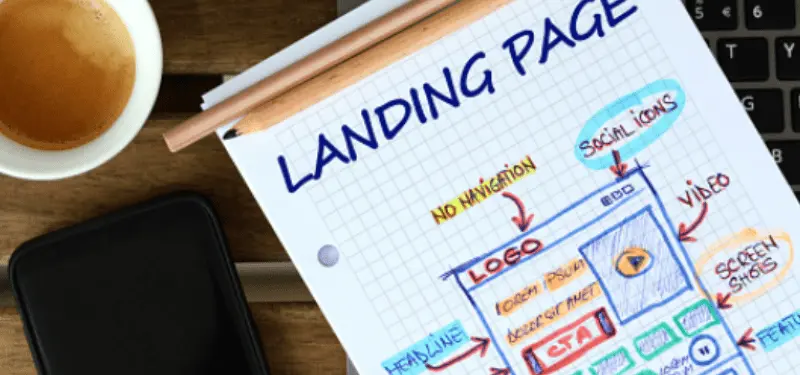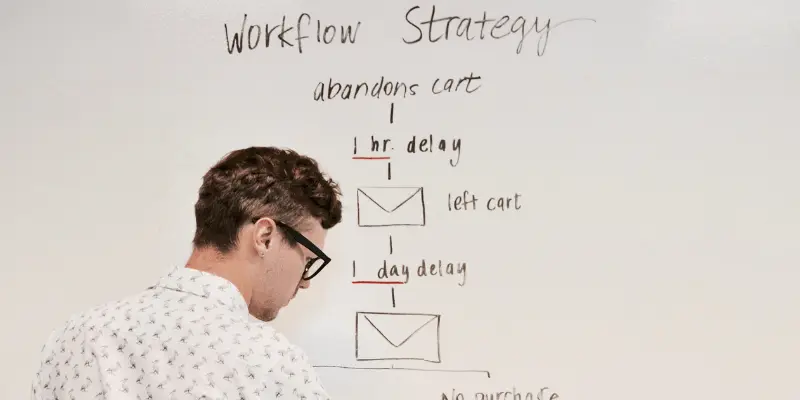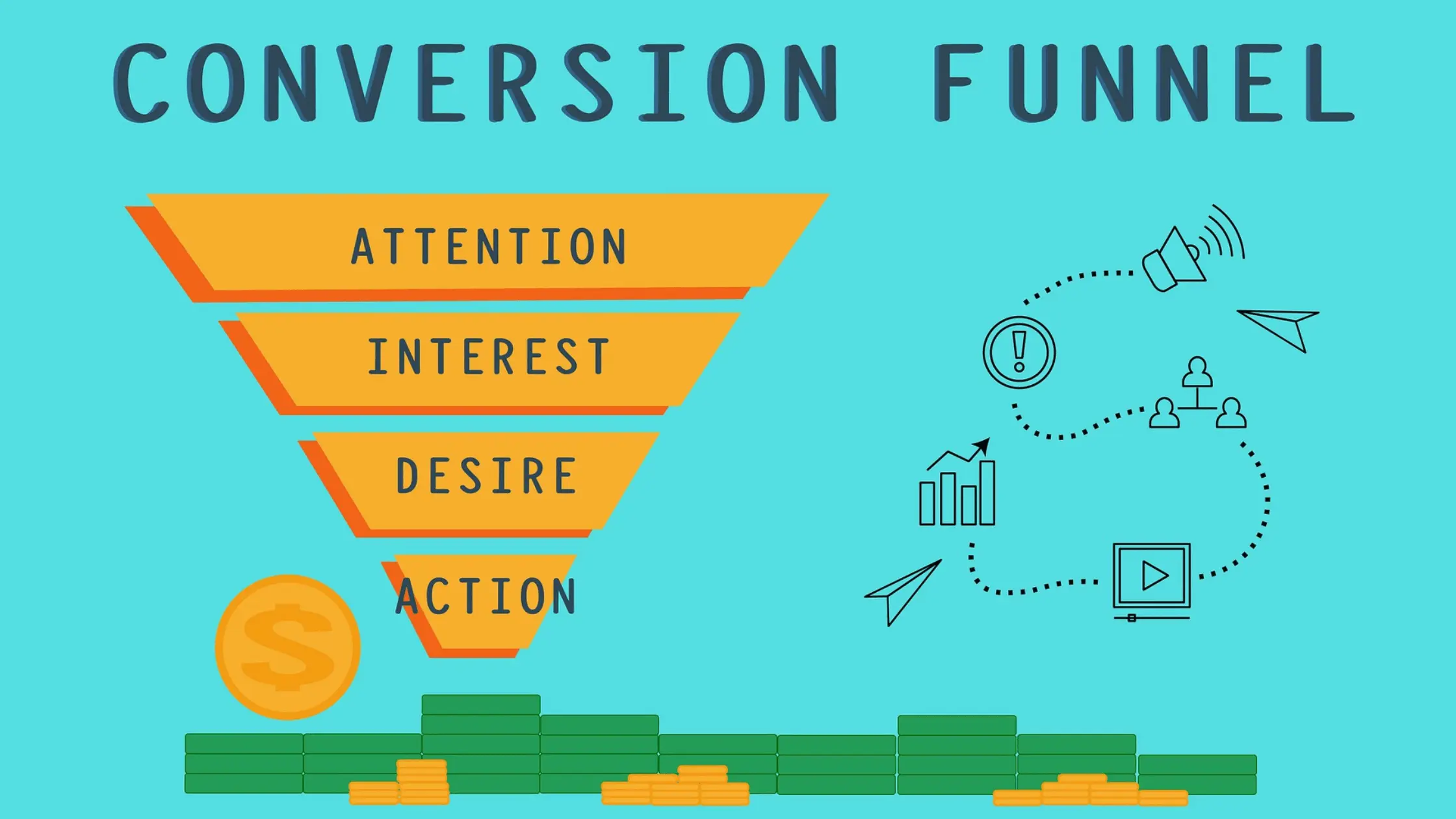Table of Contents
What is a sales funnel?
As a business owner and marketer, you must understand that turning leads into paying clients is the key to success. Many businesses, however, struggle with this process because they lack a defined plan for leading prospective clients through the sales process. That is why you must understand how to easily Create a Sales Funnel.
A sales funnel is a planned procedure that takes your potential consumer from brand awareness to purchase. This tutorial will walk you through the steps you need to take to build a high-converting sales funnel for your business.
1. Identify Your Target Audience:
Understanding your target demographic is the first step to Create a Sales Funnel. You must understand who they are, their pain areas, and what inspires them to make a purchase.
Create buyer personas to get started. Identify your ideal clients based on real-world demographics, behavior patterns, intentions, and objectives.
After creating buyer personas, utilize them to map out the stages of the buyer’s journey – awareness, consideration, and decision.

2. Build Awareness:
The next stage in developing a successful sales funnel is to build brand recognition among your target demographic. This may be accomplished through various marketing platforms, including social media advertising, Google Ads, and content marketing.
To design effective advertising at this stage of the funnel, focus on providing engaging content that captures your prospects’ attention while also introducing them to your brand stories and what makes your product and service unique.
3. Create a high-converting landing page:
A high-converting landing page is essentially your business’s storefront on the internet. It must be appealing and effective in capturing your audience’s attention and converting them into leads or customers. Here are a few things you need to keep in mind while creating a high-converting landing page.

Define Your Goals:
Before creating your landing page, you need to define what you want to achieve with it. Do you want people to sign up for a newsletter? Do you want them to buy a product? The goal of your landing page should be clear and specific. I always use a landing page that captures the email addresses of people. I like to offer free giveaways like an e-book, a video course, or something valuable in the same niche.
Keep It Simple:
The landing page you create should be simple to use to Create a Sales Funnel. Avoid cluttering it up with excessive information or photos. Stick with one primary call-to-action (CTA) button that stands out and uses a clear objective.
Use Eye-catching Design Elements:
Visually appealing design elements such as images, videos, colors, fonts, etc., can help capture visitors’ attention and keep them engaged on the page longer. Make sure that all of these design elements are relevant to your brand image.
Provide Social Proof or Testimonials:
To create a sales funnel that converts, social proof is important. Social proof in the form of customer testimonials or reviews can help build trust in potential customers’ minds quickly. Use social proof strategically on your landing page by placing it near the CTA button or above the fold where visitors are likely to see it.
Optimize for Mobile:
More than half of internet traffic comes from mobile devices, so it’s essential to create a landing page that is mobile-friendly. A responsive design will ensure that your landing page looks great on any device and is easy to navigate. So, your mobile optimized to create a sales funnel.
Add Urgency or Scarcity:
Adding urgency or scarcity can create a sense of FOMO (fear of missing out) in visitors’ minds and encourage them to take action quickly. One way to do this is by creating a limited-time offer or having a countdown timer.
Test, Test, Test:
Finally, don’t be afraid to test different versions of your landing page to see what works best for your business. Try changing the headline, CTA button color, or even the placement of design elements to see how these changes affect conversion rates.
4. Drive Interest to Create a Sales Funnel:
Once someone becomes aware of your brand or product it’s important that they begin finding it interesting enough to consider spending time researching more information about it.
Use retargeting ads to remind visitors about your brand and incentivize them with a special offer or discount. Host webinars or live events that educate and engage your audience while also introducing them to your products or services.
5. Nurture your leads through email marketing:
Now that you’ve captured the leads of potential customers through your landing page or a lead magnet. Now it’s time to build a desire for your product. This can be done by showcasing the benefits of what you offer. You can start nurturing your prospects through a series of emails. Email sequences can be a powerful tool to build desire and engagement with your audience. Don’t know about good email marketing software? You can try GetResponse or Aweber.

By crafting a series of emails that are targeted, valuable, and engaging. You can keep your subscribers interested and eager to hear more from you. Here are some tips for building effective email sequences…
Define Your Goal:
Before you start writing your emails, define the goal of your sequence. Do you want to offer a product or a service? Build brand awareness? Educate your subscribers? Having a clear goal in mind will help guide the content and tone of your emails.
Segment Your List:
To make sure your emails are relevant and valuable to your subscribers, segment them into different groups based on their interests or behaviors.
Segment Your List:
To make sure your emails are relevant and valuable to your subscribers, segment them into different groups based on their interests or behaviors. This allows you to deliver specific messages to the group.
Craft Engaging Subject Lines:
Your subject line is the first thing that subscribers will see when they receive your email, so make sure it grabs their attention and entices them to open it.
Provide Valuable Content:
Each email in your sequence should provide value to the reader. This could be in the form of educational information, special offers or promotions, or exclusive content.
Test and Optimize:
As with any marketing campaign, it’s important to test different elements of your email sequence (such as subject lines or calls-to-action) to see what resonates best with your audience. Use data from these tests to optimize future campaigns for even better results.
6. Encourage Action:
The final stage of the sales funnel is getting potential customers to take action – either making a purchase or taking some other desired action such as signing up for a free trial or scheduling a consultation.
To encourage action ensure that the purchasing process is straightforward and user-friendly. Create a sense of urgency by giving limited-time discounts.
If they don’t make an immediate purchase, use email marketing campaigns to follow up and continue nurturing leads until they convert.
Conclusion:
Creating a successful sales funnel takes time, effort, and most importantly effective planning. By following these steps you will set yourself up for success in converting potential clients into paying customers using an automated process.
Remember the importance of understanding who your target audience is, creating awareness around your brand, building interest & desire through creative attention-grabbing tactics, and finally encouraging action so they become loyal returning customers!
